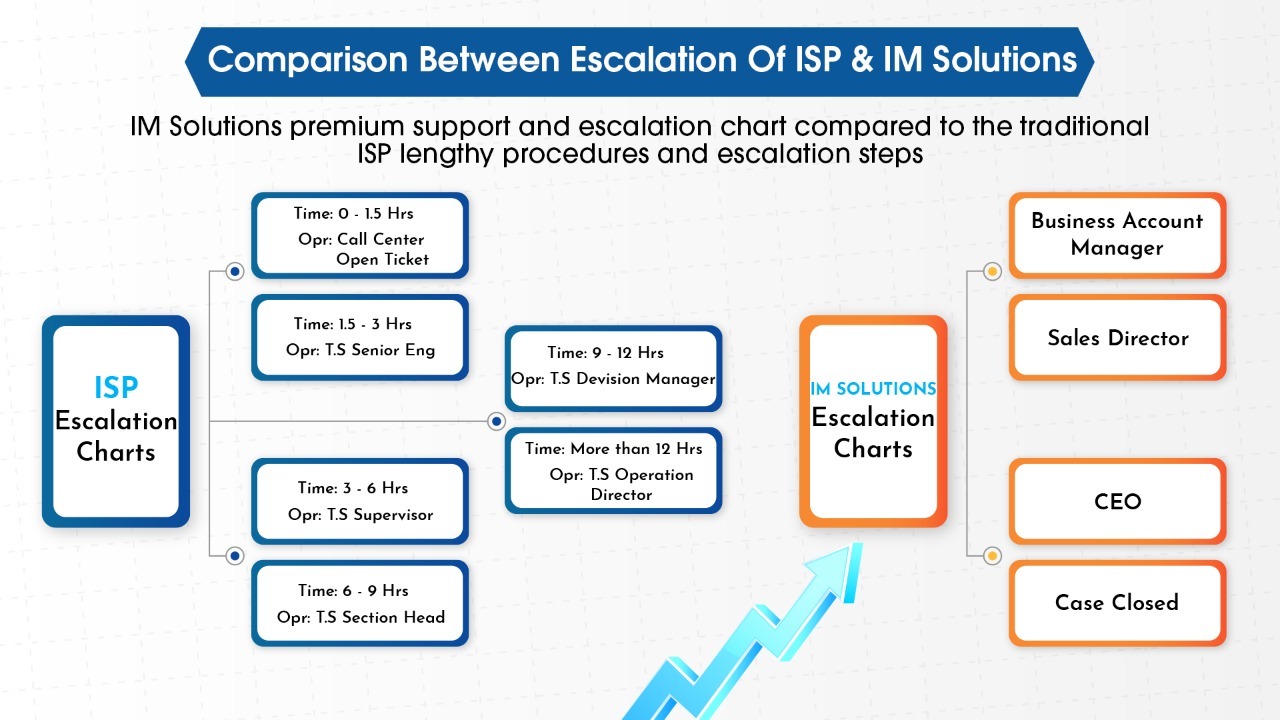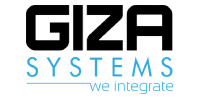What’s Microwave Network Connection?
The use of microwave electromagnetic signals for communication is known as a microwave link. Without the use of physical cables, these signals are carried from one point to another through the air or space.
Numerous fields, including telecommunications, broadcasting, military defense systems, remote sensing, and even space exploration, use microwave transmission. The idea that high-frequency radio waves may be carried across great distances with little signal deterioration is the cornerstone of microwave communication.
Why Partner with IM Solutions for Microwave Connectivity Service?
When it comes to connectivity services, partnering with IM Solutions brings a multitude of benefits that guarantee a seamless and efficient experience for your business. Here’s why you should choose us:
- A Dedicated Business Account Manager will be available to understand your requirements and manage the account.
- Dedicated Premium Support and Quick Escalation: Benefit from our fast escalation process, ensuring prompt resolution of any issues.
- Reliable Service Provisioning and Quality of Service: We prioritize reliability and quality. Our service provisioning is dependable, ensuring consistent and stable connectivity.
- Comprehensive Visibility and Monitoring: We provide full visibility and close monitoring of the service architecture, from the underlying infrastructure to the last mile connection point.
- Great Value for Money: We understand the importance of cost-effectiveness. With IM Solutions, you get great value for your investment.
- All-in-One Service: Simplify your technology and IT needs by relying on us as your one-stop shop. Beyond connectivity services, we offer a comprehensive range of technology and IT solutions, streamlining your operations.
Benefits of Microwave Connectivity for your Business
Why Microwave Connectivity is a Crucial Component of Contemporary Internet Connectivity?
The telecommunications sector is where microwave communication is most frequently used. Cell towers are connected wirelessly via microwave technology, which is then utilized to deliver voice and data communications. In locations where standard cable is unfeasible or impossible, this technology enables wireless communication over significant geographic distances.
Satellite broadcasting is another common application for microwave communication. In this case, microwave signals are sent from the ground to satellites in space, who subsequently send them back to the planet. This enables the transmission of radio and television transmissions across long distances, including across international boundaries.















